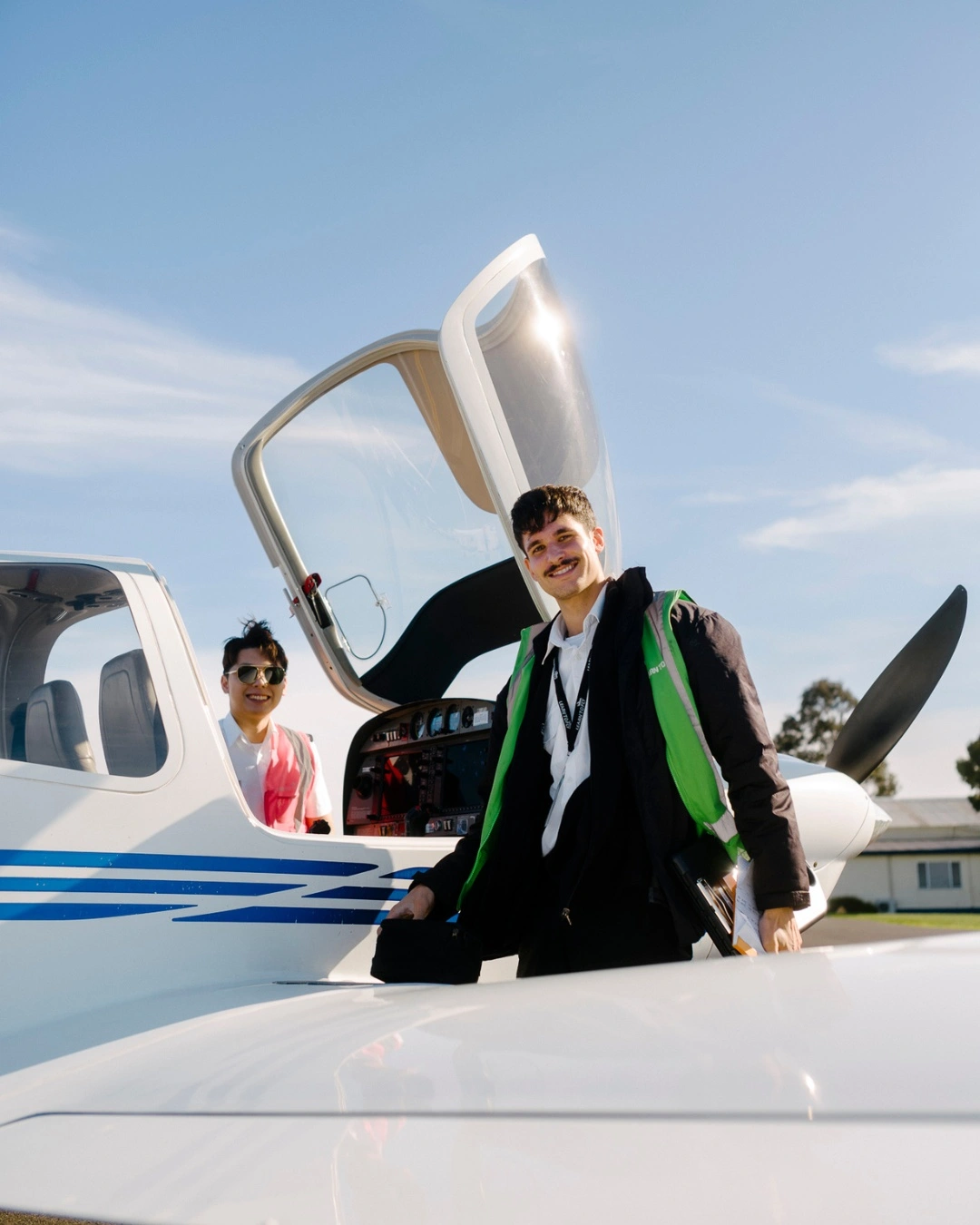
July 22, 2024
What You Need To Know About an RPL
A Recreational Pilot Licence (RPL) is a significant milestone for aviation enthusiasts, offering a gateway to the skies with a relatively accessible entry point compared to more advanced licences.
Whether you’re considering an aviation career or simply fulfilling a lifelong dream of flying, understanding the process of obtaining and maintaining an RPL is crucial.
Understanding the RPL
The Recreational Pilot Licence (RPL) is a foundational aviation certification that permits holders to fly light, single-engine aircraft within designated limits. The RPL is ideal for those looking to fly for leisure rather than commercial purposes. It requires less training than a Private Pilot Licence (PPL) or Commercial Pilot Licence (CPL), making it a popular choice for hobbyists.
A recreational pilot licence allows you to fly an aircraft:
· Up to 25 nautical miles from the aerodrome where the flight began
· Within the designated training area
· On a direct route from the aerodrome where the flight began and the designated training area.
Eligibility requirements
To qualify for an RPL, you must meet several basic criteria in Australia:
· be at least 16 years of age (Training can start at the age of 14)
· complete the relevant flight training
· undertake a general English language assessment (only required for the first category rating)
· pass an RPL theory exam
· pass an RPL flight test
· have at least 25 hours flying time including a minimum of 20 hours dual and five hours as pilot-in-command.
Training and Education
Completing a pilot course in Australia is an excellent pathway to acquiring an RPL. The course includes both theoretical knowledge and practical flying skills. Ground school covers essential subjects such as aerodynamics, meteorology, flight planning, and aviation law. Practical training involves hands-on flying experience under the guidance of a certified flight instructor.
Skill tests and examinations
Attaining an RPL involves passing both a theory exam and a practical flight test. The theory exam assesses your understanding of aviation principles, regulations, and safety procedures. The flight test evaluates your ability to operate an aircraft safely and efficiently under various conditions.
Restrictions and limitations
An RPL comes with certain operational restrictions, including:
· Daylight Flying Only: RPL holders can only fly during daylight hours under Visual Flight Rules (VFR).
· Passenger Limit: You are limited to carrying a maximum of one passenger.
· Geographical Limits: Initially, RPL holders can only fly within 25 nautical miles of their departure aerodrome unless further training is completed.
Advancing your qualifications
While an RPL offers flying privileges, many pilots choose to advance their qualifications. Pursuing a PPL or CPL can provide a more comprehensive education and open up opportunities for further flying, including building a career in the aviation industry. This advancement enables pilots to fly more complex aircraft, at night and more.
Maintaining your RPL
Maintaining an RPL involves adhering to several key requirements:
· Complete a flight review
· Perform three take-offs and landings within the last 90 days to be able to carry a passenger
· Maintain your Class 1, 2 or 5 medical certificate
Continuing education and skill enhancement
Continuous learning and skill development are vital in aviation. Attending workshops, participating in flight simulations, and engaging in advanced training programs can significantly enhance your piloting skills and safety awareness. Joining aviation clubs and networks also provides valuable opportunities for learning and camaraderie.
Understanding the costs
While obtaining an RPL is more affordable than higher-level licences, it’s essential to understand the associated costs. These include:
· Training Fees: Costs for flight instruction, aircraft rental, and ground school.
· Examination Fees: Fees for theory exams and practical flight tests.
· Medical and Miscellaneous Costs: Expenses for medical certificates, logbooks, and other required materials.
An RPL is a rewarding achievement for aviation enthusiasts, providing the freedom to explore the skies with a light aircraft. By understanding the requirements, training processes, and maintenance obligations, aspiring pilots can navigate the path to obtaining and sustaining their RPL effectively. Whether you’re pursuing a pilot course or eyeing a diploma of aviation for advanced opportunities, the RPL serves as a solid foundation for a lifelong journey in aviation.








